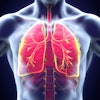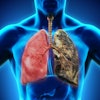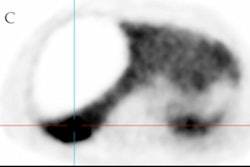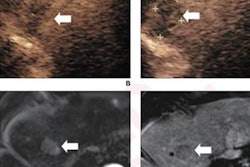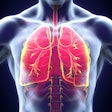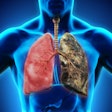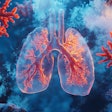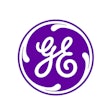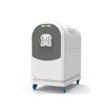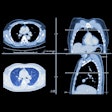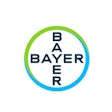Using photon-counting CT (PCCT) with the gadolinium-based contrast agent (GBCA) gadoxetate disodium shows promise for improved liver visualization at a lower dose than is required for CT exams using other GBCA agents, researchers have reported.
But more research is needed, as the gadoxetate disodium dose -- 200-μmol/kg -- is still too high for clinical use, wrote a team led by Stephen Rau, MD, of the University of Freiburg in Germany. The findings were published February 5 in the American Journal of Roentgenology.
"[We found that] combining gadoxetate disodium and [PCCT] could theoretically allow appreciable hepatic enhancement at a 200-μmol/kg dose," Rau said in a statement released by the university. "[But] such an effect was not observed for the clinically approved 25-μmol/kg dose."
Low doses of GBCAs often do not produce sufficient enhancement on CT imaging for diagnostic purposes, the group explained. But as PCCT offers improved spectral resolution, it could improve this.
"The combination of GBCA with [PCCT] using low-keV reconstructions could have a potential novel application, distinct from previously explored applications, in liver imaging using hepatocyte-specific contrast agents," the authors wrote.
The team conducted a study using an abdominal phantom to investigate the potential of gadoxetate disodium in combination with PCCT and low-keV virtual monoenergetic image (VMI) reconstructions to increase image attenuation. The researchers prepared a series of solutions of diluted gadoxetate disodium (at concentrations of 0.25 to 2.5 μmol/ml, corresponding with doses of 25 to 200 μmol /kg, respectively), and generated VMIs at 40 keV, 50 keV, 60 keV, and 70 keV, along with virtual noncontrast images.
The group found the following:
- Maximum attenuation was 45.2 Hounsfield units (HU) for a concentration of 2.5 μmol/ml at 40 keV.
- A concentration of 0.25 μmol/ml had attenuation at 40 keV of 13 HU.
- The model showed an estimated hepatic enhancement at 40 keV of 4.9 HU for a dose of 25 μmol/kg, 19.9 HU for 100 μmol/kg, and 30.8 HU for 200 μmol/kg; corresponding contrast-to-noise ratios were 0.13, 0.52, and 0.81, respectively.
 Image of gadoxetate disodium dilution series from custom phantom with 40-keV VMI, 70-keV VMI, and VNC reconstructions, obtained using photon-counting detector CT. VMI = virtual monoenergetic image, VNC=virtual noncontrast. Image and caption courtesy of the AJR.
Image of gadoxetate disodium dilution series from custom phantom with 40-keV VMI, 70-keV VMI, and VNC reconstructions, obtained using photon-counting detector CT. VMI = virtual monoenergetic image, VNC=virtual noncontrast. Image and caption courtesy of the AJR.
The study findings show promise, but more inquiry is needed, according to Rau and colleagues.
"Additional research exploiting [PCCT] technology could … further [reduce] doses required for sufficient visualization into a clinically feasible range, to potentially allow CT using a liver-specific agent," they concluded.
The full work can be accessed here.

